Graphics Card Price Wars: How to Score a Card (If You Must)
PC-gaming enthusiasts have been feeling the effects of the cryptocurrency boom (the latest boom, mind you) for some time now, with graphics-card availability low and card prices for most midrange and high-end cards way over original MSRPs. In addition to being a general annoyance (who wants to work this hard to buy a single component?), it's putting a gigantic damper on the DIY approach to building or upgrading a gaming PC.
But if you're determined and ready to put in some work, we have a few strategies you can deploy to track down a powerful graphics card, if you really need one, without spending an outrageous sum.
You have essentially a handful of options. You might snag a "parts bundle" deal and sell off the components you don't need, keeping only the graphics card. You can buy a complete, pre-built system from a custom shop or an OEM such as Dell or HP, and skip the DIY process altogether. Alternatively, you can buy a pre-built system and break it up, keeping just the card.
In both of those buy-a-PC scenarios, you're essentially getting a graphics card for closer to MSRP than if you bought one by itself. In the former case, that's because the system vendors buy components in bulk, several months in advance, which helps to keep prices low. In the latter, it's because you might recoup some of the graphics-card cost by selling the other parts of the system.
Another option is a bit of a cheat, in that there is no card: You can opt for a late-model AMD CPU/GPU that will get you part of the way there, making many games at least playable, until prices normalize. If that won't do, you can become a video card hunter and marksman: You can make use of search and tracking tools so you can pounce on a card the moment it arrives in stock.
The last option is the least exciting one: You can just...wait it out. Here's how our strategies break down.
1. Snag a Bundle Deal
Some retailers are offering ways to cushion the inflated price of graphics cards, with outlets such as Newegg.com sporadically bundling in-stock GPUs with other components such as motherboards, memory, and/or displays. If you're building an entirely new PC (or are in need of a new display, depending on the part package), these bundles can be the best way today to get the card you want. They're intended to get GPUs in the hands of true upgraders and gamers, not just miners. (The idea is that miners won't want to shell out for the extra gear.)
Get Tom's Hardware's best news and in-depth reviews, straight to your inbox.
Note that the net cost of the graphics cards in the bundles we've spotted recently are lower than if you bought the card alone. And you can further defray the effective cost of the card by selling off the extra components at market value.
Fortunately, that's not much of a problem for most long-time DIY enthusiasts. (Parts trading, selling, and upgrading is kind of our thing.) But it does require a few extra, time-consuming steps. If you're not comfortable with eBay or Craigslist, this may not be the way to roll. Still, if you can catch a reasonable bundle deal that shaves off a chunk of the inflated GPU price and will make you some serious money back by selling the unneeded parts, it’s worth the extra effort.
When you're sniffing out the value of combo deals from online retailers, make sure you do your research: See what the full retail price of the bundled components is, roughly how much you'll recoup if you sell off the extras, and then check to see if that brings the GPU into your desired (or at least an acceptable) price range. If not selling the extra parts locally, be sure to add shipping costs to the overall value proposition.

2. Buy a Pre-Built PC
We recently explained how, during this GPU price crisis, the custom-shop PC has become a better value compared to similar DIY configurations. That is still holding true, in many cases. This is an excellent option for full-system buyers who are into the flair and extended support you get from boutique shops, but it's not going to be the most economical way to get an upgrade if you're looking for just a graphics card. That's because even if you sell off the rest of the system bits, you've paid a markup for the boutique build that you won't be getting back.
If you plan to buy and then part out a pre-built system, you're probably better off doing so with one from a mainstream, big-box vendor, because you aren't paying the custom-shop premium. Just as with the bundles, though, you'll have to do some extra hustling to sell off that gear. The potential source of the savings: A retail SKU selling at Best Buy or Walmart may not have adjusted to today's video-card realities as quickly as a card would on the open parts market. Try just walking into a few stores and looking at what's on the shelf. You may walk out with a sweet deal. (Our colleagues at Tom's Guide also took a position on this.)
Of course, you can simply buy one these more mainstream systems and leave it intact (as one of our forum members who read our custom-shop article was keen to mention). We did a little additional research to that end, and found that it’s entirely possible to land a pre-built gaming PC (with either a full-size graphics card or a chip-down or MXM mobile edition) at a lower price than if you were to build a similar system yourself at current GPU market prices. There's especially value there if you're interested in SFF systems that use mobile GPUs.
To ensure that any pre-built system is offering you real value, be sure to load a shopping cart full of the same (or close to the same) components via an online retailer (don’t forget to include a copy of Windows 10 Home) and compare the prices. In many cases, especially with high-end GPUs, the pre-built systems will prove to be a great deal. Obviously, your math will change depending on whether you're planning to keep the system intact or part it out and keep the graphics card.
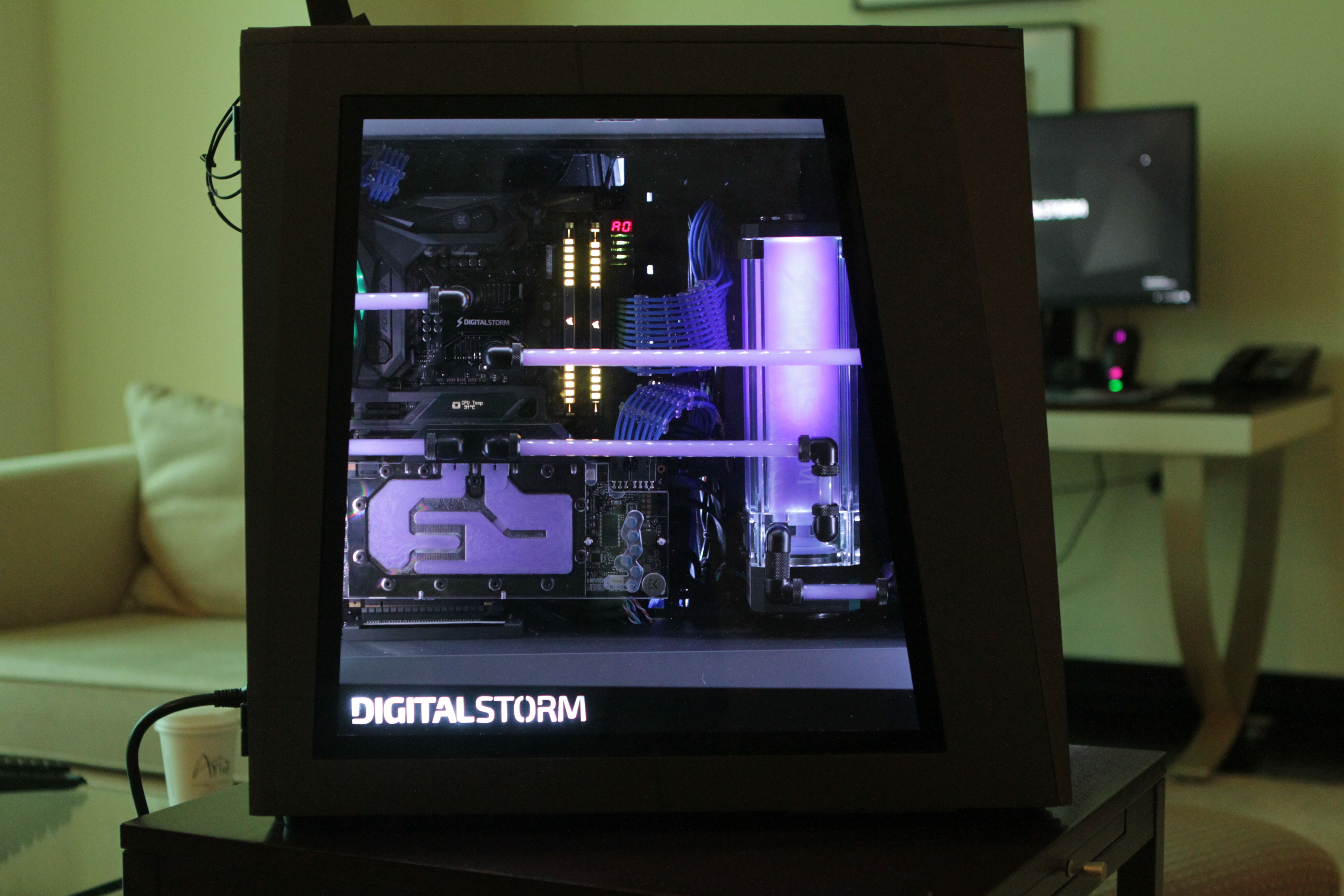
3. Go the APU route
Ryzen chips with onboard Vega graphics, notably the top-end Ryzen 5 2400G, make gaming without a card a serious possibility. Don't expect to run games above 1080p, or even always at 1080p with the Ryzen 5 2400G. But if you're after a chip that will let you achieve smooth frame rates on recent titles at low settings without buying an overpriced card today, the Ryzen 5 2400G is your best bet at the moment.
Keep in mind that AMD’s upcoming Ryzen refresh chips will work in the same AM4 motherboard as its current parts (after a BIOS update, naturally). So if you do buy a graphics card in the coming months, when prices (hopefully) return to some semblance of normal, you can sell your Vega-equipped Ryzen chip and drop in something that’s better suited to powering a dedicated card. (See our review of the Ryzen 5 2400G.)
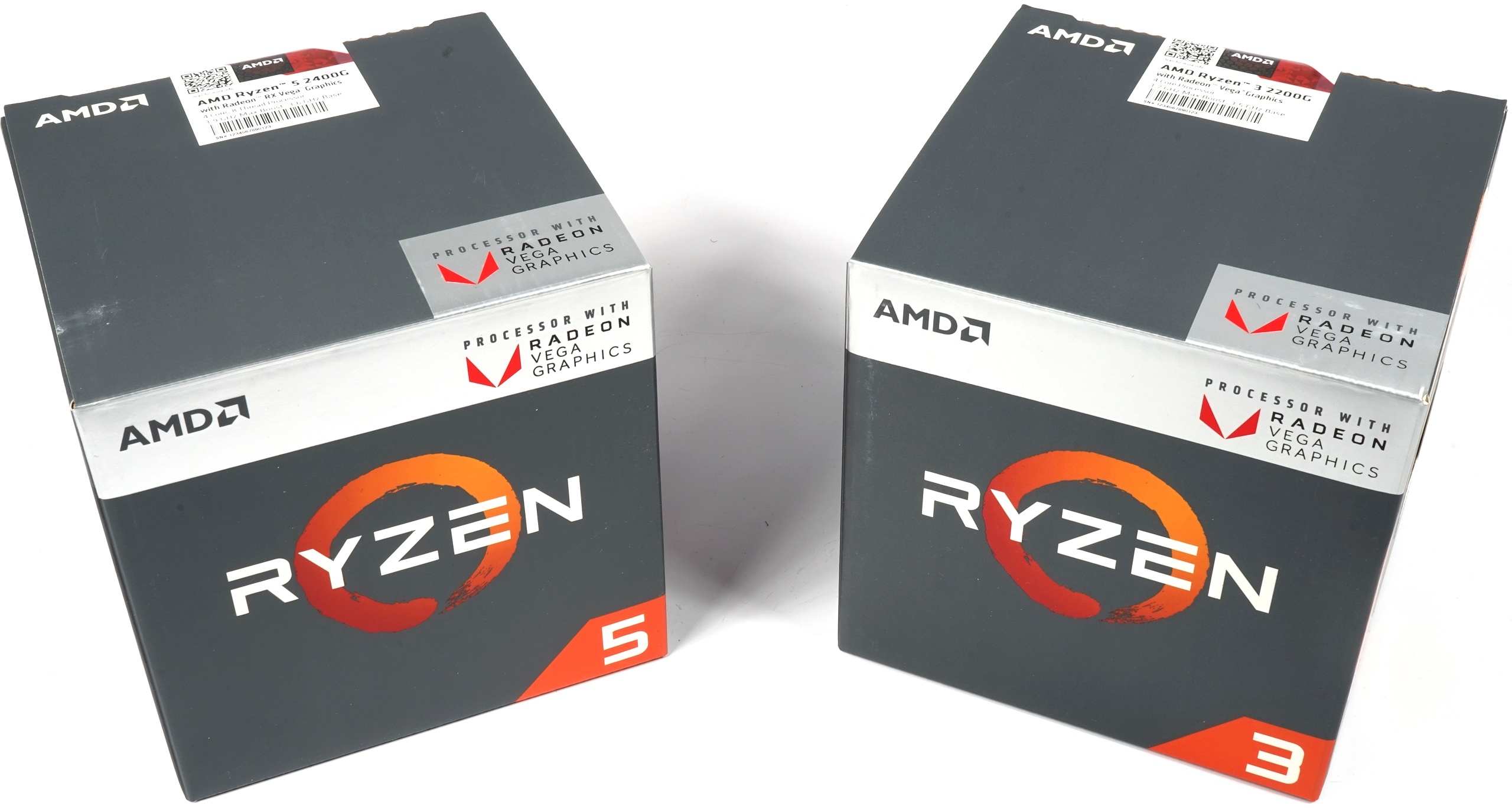
4. Wait It Out (But Keep Checking Prices)
Graphics card pricing should drop in time, as the market settles. For the near term, Nvidia recently disclosed (in its Q1 earnings call) its plans to increase GPU production to ease the shortages (and, in theory, therefore nudge down prices). This will mean--hopefully!--lower prices for midrange and top-tier graphics cards sooner than later. But we're at least some weeks (possibly months) out from seeing the fruit of those labors.
We know, we know...waiting feels like a terrible option, especially if you're itching to play that can't-miss new AAA title. But for some people, it's their only real recourse. For a stretch, simply finding any cards in stock at all was difficult, but that problem seems to have gone away (or at least improved), at least for now. So if waiting is just not an option, you can employ strategy No. 5...
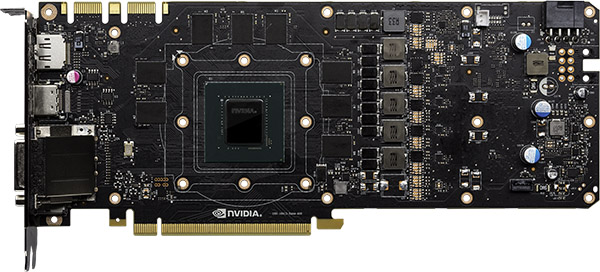
5. Track 'Em With Tools
Sure, you can simply hit up Newegg, Amazon, and other online retailers to see, scattershot, what they have in stock and how much cards cost. But there are other strategies you can employ. Sites like NowInStock.net provide stock and price tracking for both AMD and Nvidia cards. These are a good starting point, but we've noticed that NowInStock's information isn't always current; we're not sure how often the site polls for data or if it's manually updated. But it's a useful tool, and better than trying constantly cycle through and refresh tabs of parts pages.
You can also set up price alerts on, for example, Newegg. When you're logged in to to your Newegg account and viewing a graphics card's page, you can click "Price Alert" (under the button that says "Add To Cart"). You'll be asked to set the price you're willing to pay for that item, and if the price drops below that threshold, you'll get a notification. Just be ready to jump fast, because stock can arrive and vanish in what seems like seconds.
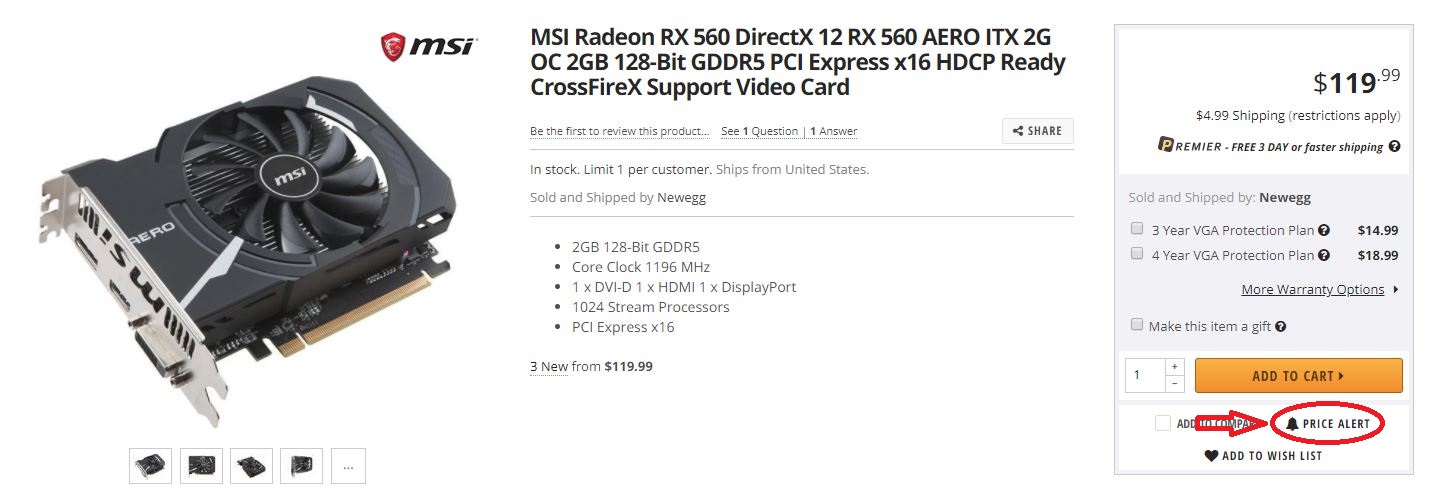
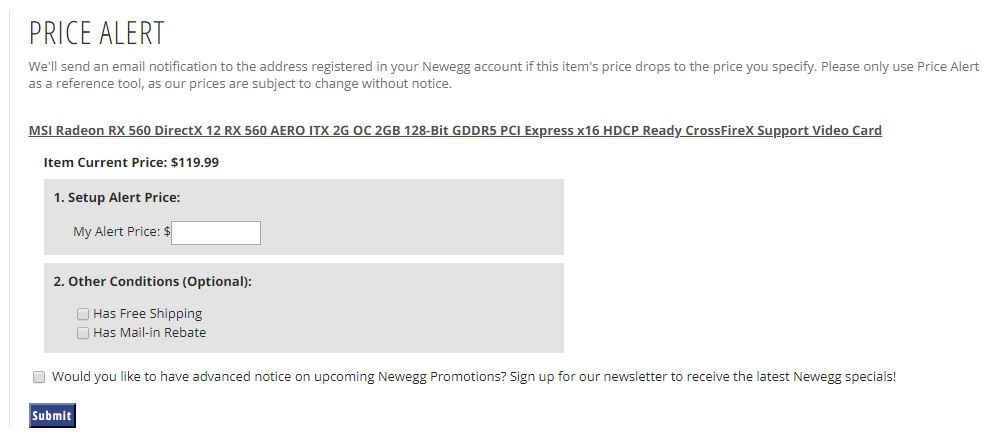
It's wise to keep tabs on major retailers of cards, too...not just the key resellers such as Newegg and Amazon. For example, follow individual card sellers on Twitter or subscribe to their RSS feeds. EVGA, for one, has been good about tweeting out card availability alerts on its feed.
You should also bookmark our Graphics Card Price Watch guide and our Best Deals page. We dig for prices all the time and update those pages with what we find.
Even as graphics-card availability seems to have improved somewhat over the past few weeks, prices are still sky-high and fluctuating. Unless you're desperate for a GPU upgrade, you may just want to hang back and wait until the market recovers. Meanwhile, keep track of prices and/or try one of the tactics we discussed above. You probably won't land a bargain compared to pricing a year or two ago, but you might be able to find a card at least close to MSRP if you're persistent.
Got your own buying strategies or suggestions? Share 'em in the comments section below.
-
TEAMSWITCHER The situation is ridiculous ... No one is buying DIY-PC hardware right now ... new or used. You can't sell your old hardware, and can't get a new GPU to accompany new hardware. I think I'm just gonna skip this upgrade year altogether and get a new MacBook Pro instead, once the 2018 models are available.Reply -
InvalidError Reply
There is a simple fix for that: simply spot-upgrade whatever yields the greatest immediate benefits and carry everything else over. That's what I've been doing with my PCs for 20+ years. If a new GPU at current prices isn't yielding cost-benefit good enough to justify the expense, carry over your current GPU and continue using it until you can justify the cost. Once you get over the itch of getting new-everything all the time, owning and upgrading a PC gets much cheaper.20713488 said:You can't sell your old hardware, and can't get a new GPU to accompany new hardware. -
ibjeepr "You might snag a "parts bundle" deal and sell off the components you don't need, keeping only the graphics card."Reply
Which the miners are going to do as well... -
13thmonkey Reply20713488 said:The situation is ridiculous ... No one is buying DIY-PC hardware right now ... new or used. You can't sell your old hardware, and can't get a new GPU to accompany new hardware. I think I'm just gonna skip this upgrade year altogether and get a new MacBook Pro instead, once the 2018 models are available.
How does a macbook pro replace what a GPU can do? You either need portability or you don't. -
redgarl Well, AMD APU are sold out already... since the release day. I never seen something like this.Reply -
redgarl Reply20713578 said:
There is a simple fix for that: simply spot-upgrade whatever yields the greatest immediate benefits and carry everything else over. That's what I've been doing with my PCs for 20+ years. If a new GPU at current prices isn't yielding cost-benefit good enough to justify the expense, carry over your current GPU and continue using it until you can justify the cost. Once you get over the itch of getting new-everything all the time, owning and upgrading a PC gets much cheaper.20713488 said:You can't sell your old hardware, and can't get a new GPU to accompany new hardware.
I prefer the scratch built option and waiting when everything align together. Buying parts in advance is usually not the best option. Your needs may changes or the symbiosis of your components is going to be affected. If we are talking for a month or so, no big deal, but over a year, it is usually a bad idea.
Your warranty wear off, your return window expire and your RMA process will be worst. Also, companies are having a 30-60 days policy window for brand new replacement.
-
Hal-Jordan I look for the top of the line high performance card that's being hyped, and then buy the one that it replaced. It seems like usually there is only a 1-2 percent improvement in performance but the price is way too high.Reply -
manleysteele Or you can just go to the manufacturers store page and buy one at close to the list price. What? Your favorite manufacturer doesn't have a store page? Change manufacturers.Reply -
BaRoMeTrIc I think this is a generational thing but everyone is up in arms because they avent been able to buy a gpu for 2 months, prices DID drop in November and December. Everyone needs to have the shiney new toys right here and right now. Just wait it out. AMD, and Nvidia are not stupid they will produce more cards but they aren't going to go overboard and get themselves and their AIBs stuck with months of unsaleable inventory. Just be patient. or buy an XBOX and play crappy overpriced games @ 30 fpsReply
